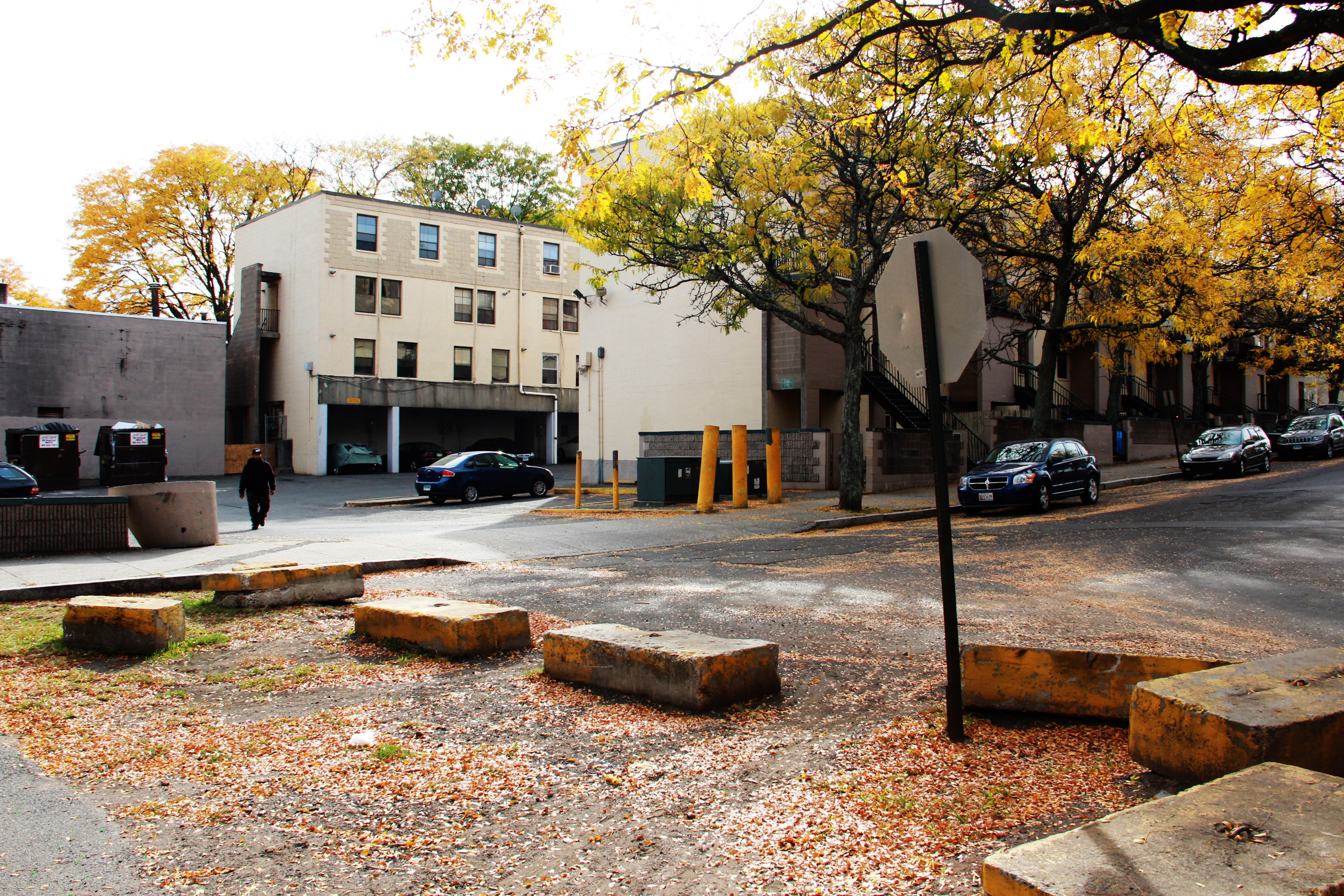
Roughly 210 of Church Street South’s 273 families will begin to receive their golden tickets out of the condemned complex — federally funded housing vouchers — in the upcoming weeks.
City officials, the federal Department of Housing and Urban Development and Northland, the private developer that owns the complex, called two meetings last week with Church Street South residents to outline the process of voucher distribution. Of the 273 families to be relocated, 213 elected earlier this year to receive portable housing vouchers — federal funding to offset the cost of rent at any new home the residents can find. In the following weeks, the Housing Authority of New Haven will formally approve those 213 families to receive federal housing aid, with vouchers to be issued on May 18, 19 and 20. Families should all be moved out by the end of September, according to regional HUD spokeswoman Rhonda Siciliano.
“Once residents go through the certification process, they will be issued a voucher,” Siciliano said. “That process has already begun. The housing authority is working directly with the residents to get the vouchers into the tenants’ hands as soon as possible.”
Siciliano added that of the 273 families to be relocated, the vast majority — 193 families — still live in Church Street South, while 57 reside in temporary apartments and 23 are in hotels.
Officials announced in December that residents could elect to receive vouchers or wait for Northland and HUD to identify affordable housing units that will receive the federal subsidies currently given to Church Street South. Just 44 families have chosen not to receive vouchers.
HUD and Northland are spearheading efforts to relocate Church Street South residents, Siciliano said. Northland, which began receiving roughly $3 million a year in federal housing subsidies for Church Street South in 2008, will transfer all of that money to various housing developments around the Elm City. Siciliano said this process has begun, but said there is “a learning curve.”
She added that in late March, HUD identified two apartment complexes in New Haven that demonstrated a willingness to accept a federal subsidy to provide affordable housing for Church Street South residents. Because HUD is in negotiations, Siciliano said she cannot release the names or quantity of units offered at those complexes.
Once the city, HUD and Northland relocate all families still living at Church Street South, bulldozers will enter the complex and finish the demolition that began in March 2016.
Though Northland has not announced its plans for the complex, the company purchased Church Street South in 2008 with the original intention of building a mixed-income complex. The Board of Alders halted these plans in 2012 when Northland said it could not profitably build as high a proportion of affordable housing units as the alders sought. As a result, Northland did not build new complexes, instead resolving to keep up Church Street South.
Now Northland will begin developments with an empty parcel of land and will not necessarily be required to build affordable housing units. Church Street South’s current location — across the street from Union Station and near downtown New Haven — is an optimal location for commercial developments and market-rate housing, said Jonathan Hopkins, a New Haven resident who wrote his master’s thesis in architecture on Church Street South.
Yale urban studies professor Chloe Taft GRD ’14 said the city’s plans to grow new commerce in the downtown area and any future redevelopment of Church Street South are all part of an effort to attract young professionals. Taft added that despite these expected future economic gains, New Haven should remember its less fortunate population.
“The question remains as to how New Haven residents beyond the downtown core who face high poverty levels and a severe shortage of affordable housing are going to benefit,” Taft said.
Church Street South was designed by former dean of the Yale School of Architecture Charles Moore.







